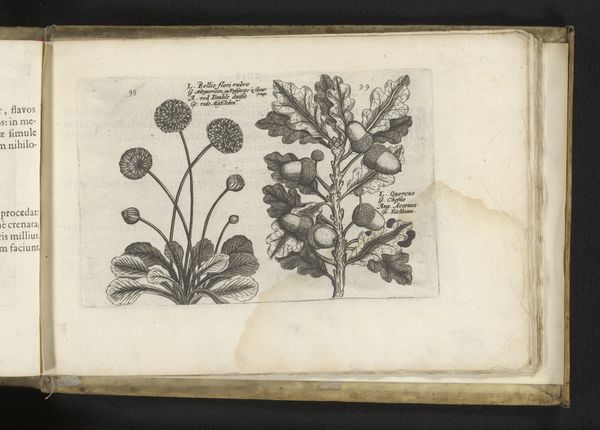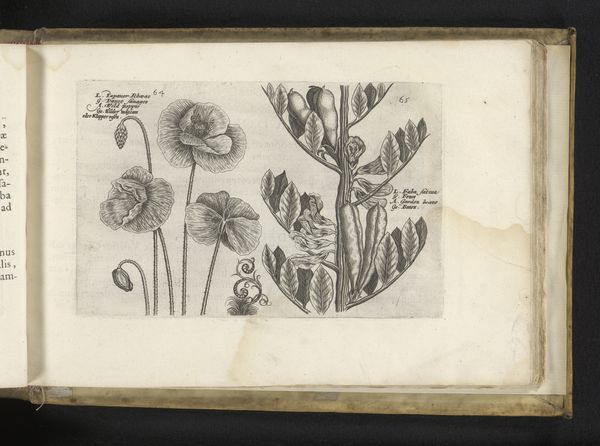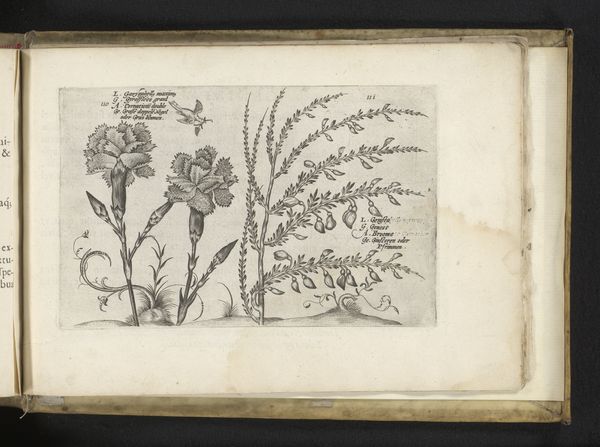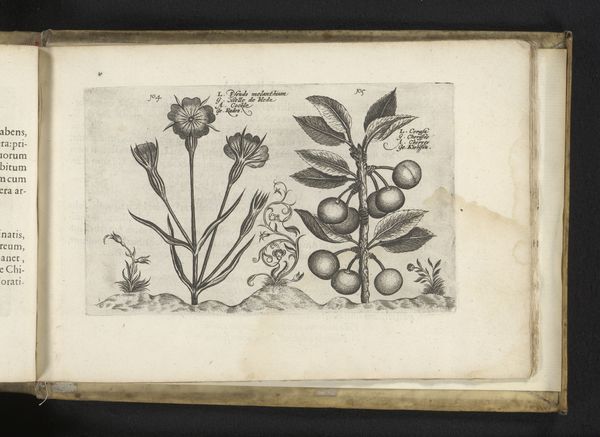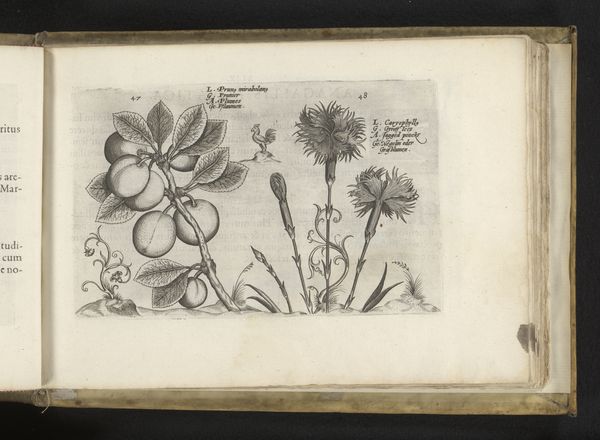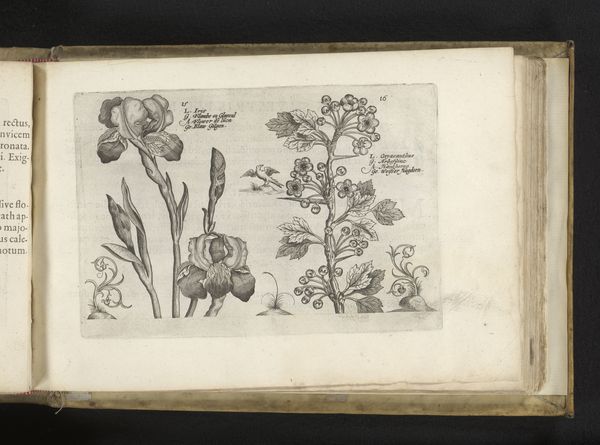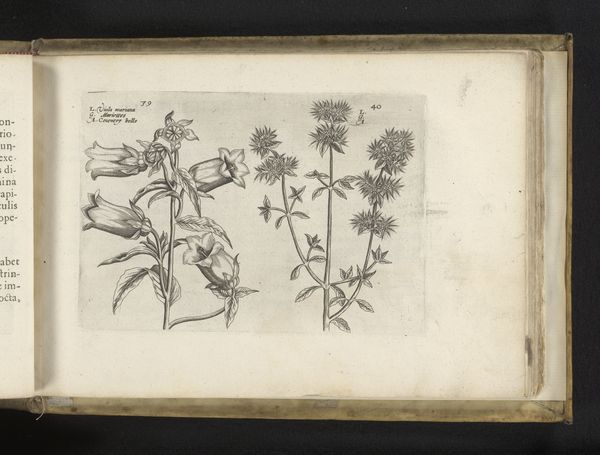
drawing, print, etching, paper, ink
#
drawing
#
dutch-golden-age
# print
#
etching
#
paper
#
ink
#
line
#
realism
Dimensions: height 126 mm, width 195 mm
Copyright: Rijks Museum: Open Domain
Curator: Look closely at this remarkable print, "Tuinerwt en korenbloem," which translates to "Pea and Cornflower," created in 1617 by Crispijn van de Passe (II). It’s currently held in the collection of the Rijksmuseum. Editor: First impression? Delicate. Spare, but in a way that's more revealing than withholding. Like holding my breath underwater, all attention focused. Curator: Exactly. De Passe's prints were crucial in disseminating botanical knowledge. They circulated within a vibrant culture of scientific inquiry and garden design during the Dutch Golden Age. Note the exacting detail, typical of botanical illustrations designed for identification and study. Editor: The way the pea tendrils curl feels almost sentient. The detail is fantastic! The cornflowers feel more…aloof? Less playful, even if their textures are equally captivating. There’s a funny kind of social dynamic happening on this one sheet of paper. Curator: It's worth noting that prints like these often served purposes beyond mere identification. They functioned as emblems, loaded with symbolism. Peas, for example, could represent prosperity and fertility. These prints were collected, bound into albums, and displayed as symbols of wealth and knowledge. Editor: So, almost like a seventeenth-century Instagram, flexing your enlightened green thumb? I wonder, were these drawings sourced from life, do you think, or composed from herbals, then engraved to some design plan or template for wider consumption? There is a cool detachment too – botanical but not invested in feeling. Curator: It’s hard to say precisely de Passe's process without documentary evidence, but likely, these were carefully observed and rendered. These weren’t just artistic flourishes, you know, botanical prints served many, but for people of the time who consumed these prints this imagery became linked in new contexts; art history likes to note the rise of Dutch landscape and still-life as genres here, so this sort of illustration really mattered. Editor: They really captured it…the tension between wildness and cultivation and what that might represent politically! Amazing. I am totally sold – thank you for pointing me to this. Curator: It’s a rewarding print to study closely; these archival images, however simply presented, unlock something about our engagement with the natural world even today.
Comments
No comments
Be the first to comment and join the conversation on the ultimate creative platform.

